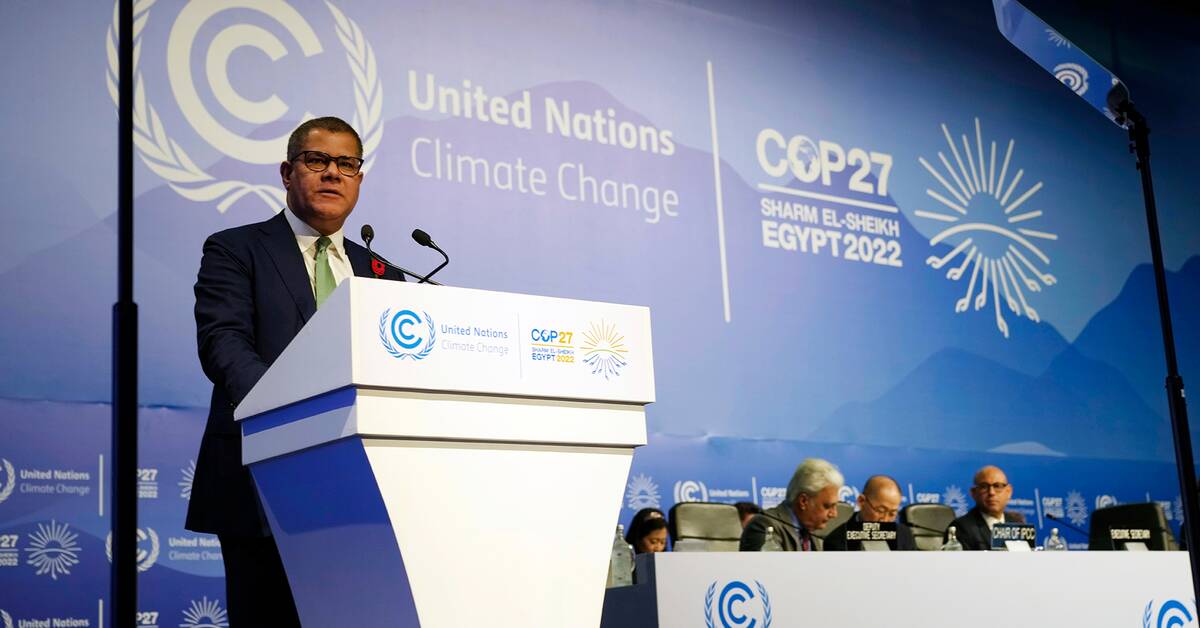Contribution
At the climate conference in Copenhagen in 2009, richer countries, which mostly caused climate change, agreed to jointly contribute $100 billion annually to help poorer countries mitigate the effects of climate change, such as rising sea levels and severe drought.
The goal has not yet been achieved.
For example, the countries pushed to just 80 billion dollars in 2019. At the climate conference in Paris in 2015, the countries therefore agreed to extend the goal to 2025.
At COP27, negotiations begin on how the goal should be designed after 2025, and despite not having succeeded in meeting the current goal, the talks are expected to be about turning it up even further.
Compensation
In poor countries, anger is bubbling over that the richer parts of the world have not fulfilled the promise of 100 billion dollars annually in climate subsidies.
Before COP27, they had therefore agreed to push for the issue of compensation for climate-related losses and damage (loss and damage) to be taken up on the conference's agenda.
As COP27 opened on Sunday, it was clear that the countries had heard their pressure.
At this year's conference, the issue of compensation is raised for the first time since the first UN-led climate negotiations took place in 1995, reports the news agency Reuters.
The poorer countries want, in addition to the climate contribution, to see a new fund to finance reconstruction, which the US and the EU oppose.
Ahead of COP27, however, the major powers have shown more openness than before to hold a discussion on the compensation issue, writes Reuters.
Adaptation
So far, about a quarter of rich countries' climate contributions have gone to projects to adapt societies to a warmer climate.
But that is not enough, say the poor countries, who want to see the share doubled by 2025 – a promise they also received from the richer countries at the climate conference in Glasgow in 2015.
A doubling is still not enough, according to experts.
For example, the United Nations Conference on Trade and Development estimates that adaptation costs will reach $300 billion by 2030.

